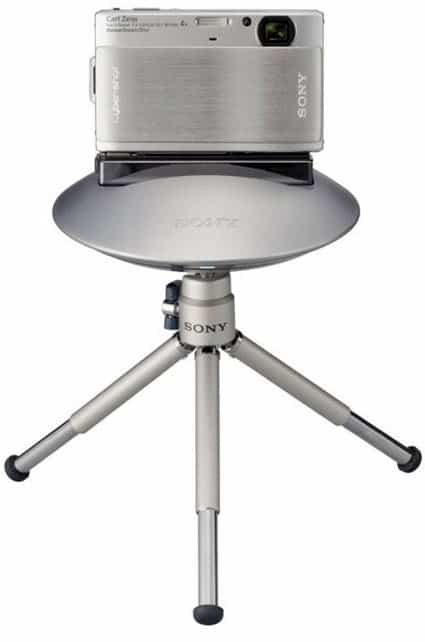Playing Participant: An autoethnography

With our Curating Consumption series Steve and I take time to look through our researcher lens at our lives as consumers. Sometimes we get to play participant and experience the other side of the research conversation. I recently participated in an online focus group for the redesign of a website. I couldn’t help but reflect on my own experience in contrast to that of being on the other side of the virtual glass. While the opportunities below were generated from a moderated online context, they also suggest possibilities for designing real time research interactions:
What Was Happening: I logged in and waited for the moderator to start talking. This was a silent discussion. Everyone was typing.
What I Was Thinking: Here I am at my computer, wearing my ear buds, ready to listen and there’s no talking. Oh my God. I’m an extrovert. How can I make it through 90 minutes of silence? How can I get my big wordy thoughts into these little text boxes? This is not what I was expecting.
Insight: No one set appropriate expectations for what ‘online focus group’ meant. I assumed it would be like a focus group with actual verbal communication. As an extrovert I found it difficult to sit quietly for 90 minutes with a virtual room full of people. As a verbal processor I struggled to articulate some of my ideas as typed words with limited character restrictions. This may have felt considerably different had I known going into it what to expect.
Opportunity: Use words wisely. If you call something X but it is different from most Xs, then clearly communicate how it is different so participants have appropriate expectations. Or don’t call it X.
Opportunity: Employ a variety of methods that cater to diverse personalities (i.e. introvert, extrovert) and learning preferences (i.e. visual, auditory, kinesthetic). Try to avoid using only one mode of interaction, it can feel alienating and disillusioning for participants.
What Was Happening: The moderators introduced themselves and set some guidelines for the session. Our first instruction was to introduce ourselves with a story about our name.
What I Was Thinking: Fun! Our icebreaker is simple! A story about my name: where it came from, what it means, whatever I want to share! Am I allowed to talk to the other participants? I want to comment on that story!
Insight: This was a fun and simple icebreaker with a low barrier to entry (everyone has a name!). It was also appropriate to the context because all I knew of the other participants in the group were their names. We began addressing comments to each other and then the moderator encouraged us to do more of that. We quickly established a rapport and connected to each other through these stories.
Opportunity: Facilitate rapport building between researcher and participants AND among participants. If you have expectations about who should (or shouldn’t) be talking to who, clarify that at the outset (or before beginning).
What Was Happening: We were asked questions by the moderator (her type was in bold and blue) and then all of our responses would come up in a feed below. It was a small window that I was unable to resize or navigate.
What I Was Thinking: This interface is driving me nuts. I am struggling to follow all of the comments. The moderator’s questions get lost upstream when everyone starts answering. When I try to go up to revisit the question, an answer comes in and I lose my place in the thread. I cant’ find the rating scale we are supposed to use. Is 1 high or low? ARGH!
Insight: The researcher often has a clear path through the conversation in mind. Participants don’t necessarily have this big picture view and can feel lost in the forest of questions and answers.
Opportunity: Ensure participants have various tools for keeping up with the flow of the conversation. This may be easier in live/in-person meetings, and especially valuable for virtual or asynchronous interactions.
Opportunity: Provide a map of the journey that enables participants to identify where they are if they feel lost. Let them peek behind the curtain to see what’s ahead. It can be a trust builder if done well, or a spoiler alert if not framed appropriately.
If you want to play with the possibilities of using these opportunities to improve your own practice (I know I am!), you can turn each Opportunity into a question that catalyzes divergent thinking. Simply ask “How might we…” before each Opportunity (e.g., How Might We ensure participants have various tools for keeping up with the flow of the conversation?). Then challenge yourself to generate as many ideas as you can (20 is always a good round number). And if you do, please share! We would love to hear suggestions for how to improve the practice of research by improving the design of the participant experience.













